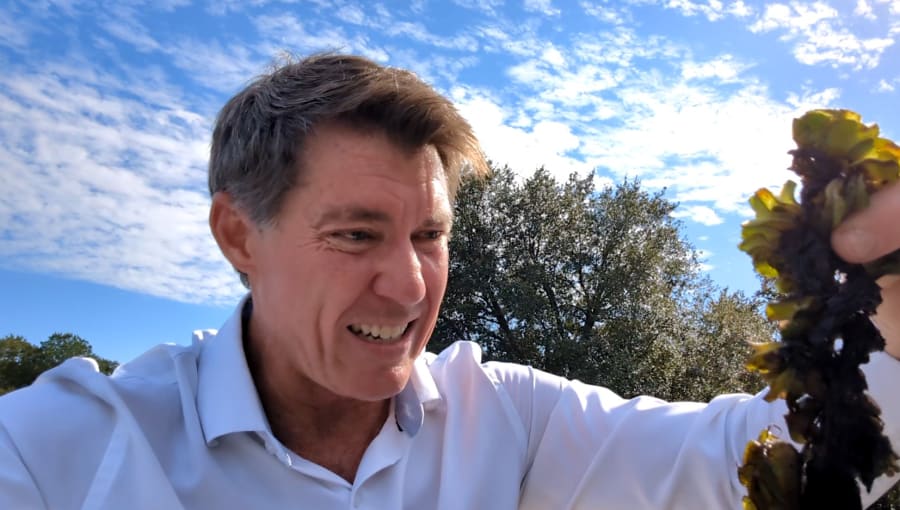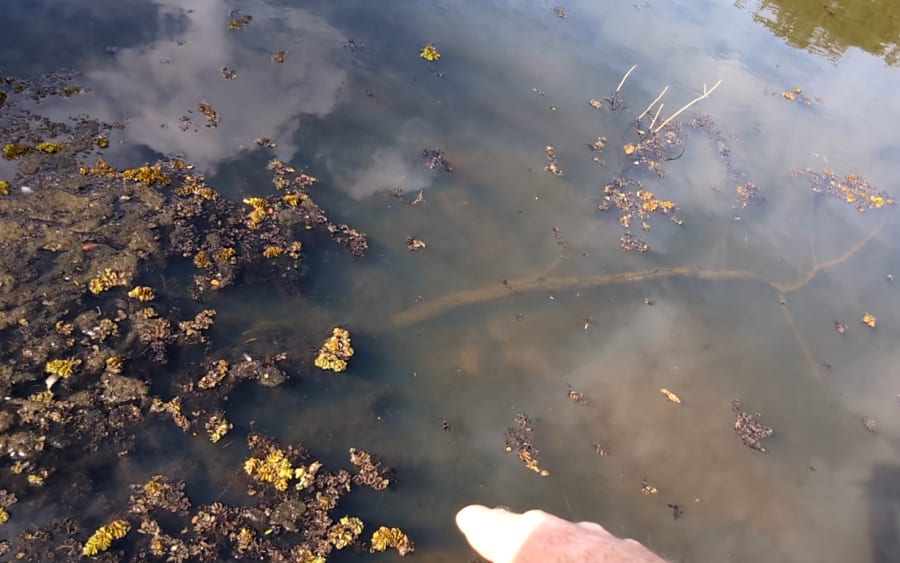Salvinia molesta (giant salvinia), a federally listed noxious weed, has been located in a stormwater pond in Jacksonville between St. Augustine Road and Philips Highway.
The invasive plant has caused problems in six bodies of water in Florida over the last decade but has recently been discovered in Duval County for the first time.

Giant Salvinia forms dense mats that shade out native plants, lowering the biodiversity and create ideal breeding environments for mosquitoes. Mats get thick enough to reduce dissolved oxygen, which can kill fish.

City of Jacksonville contractors who were treating the pond reported it to Florida Fish and Wildlife Conservation Commission, which is working with the Army Corps of Engineers and the city to address this as a high priority.
It is not known how many areas are affected or if the plants have been spread from the current pond to other ponds either by equipment or waterfowl.
Army Corps biologists visited the site and noted the plants had gone into the drainage pipes for the pond that flows into Craig Creek, which empties into the St. Johns River.
There is concern that the invasive weed might have gotten into the river already, where it could spread quickly.
Giant Salvinia multiplies when it is cut up or breaks apart. It looks like duckweed with two round leaves but the leaves start to curl up like lettuce as the plant matures. It thrives in shallow water without much current.
The only methods to combat the spread of the weed are herbicides and biological wevils.
According to The First Coast Invasive Working Group, the city of Jacksonville contractors manage over 250 stormwater ponds throughout the Jacksonville area, so the weed could have been spread to other ponds on equipment.
The task force is urging everyone to be on the lookout for this plant and to report it if they see it.
Take pictures, report them in Invasive Species Mapping Handbook or call/email Jessica Spencer at 904-318-9110, Jessica.e.spencer@usace.army.mil or Kaitlyn Dietz at 904-380-8623, Kaitlyn.Dietz@floridadep.gov.
Additional information on how to properly identify the species and the risks it poses to the state of Florida can be found at the following links:




